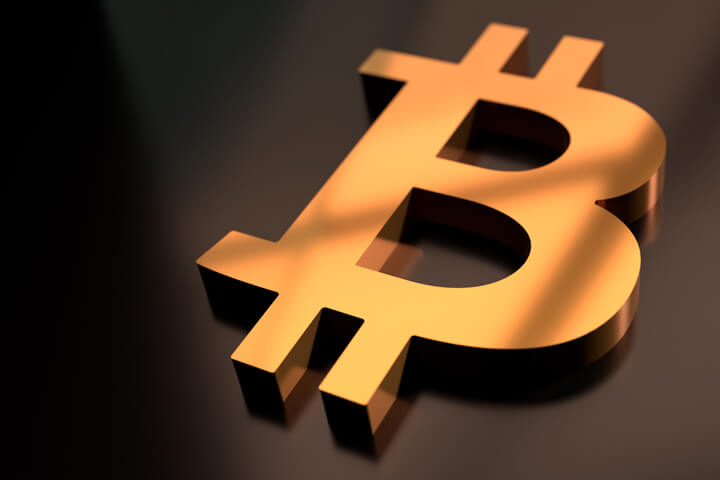The ever-increasing demand for cryptocurrency across all digital mediums bodes well for the industry of Bitcoin mining, which has a promising future. Bitcoin may serve as an appropriate platform for individuals seeking to engage in various transactions that do not involve using physical currency. If you are also keen on trading in Bitcoin, then you can register on the bitcoin trader
However, Bitcoin miners are necessary for you to be able to acquire cryptocurrency. In the early days of bitcoin, miners used their computers’ computing power to go through challenging mathematical puzzles as part of the mining process. Keep reading to learn more about cryptocurrencies, the strategy of mining Bitcoin, and the role that mathematics plays in all of this.
Bitcoin’s meaning
Virtual currency users can send and receive payments directly with one another, eliminating the need for a middleman in these transactions. Many intermediaries exist, including banks, governments, brokers, and agents. Anyone can transmit money through the Bitcoin network by simply opening an account regardless of where they are physically located. This is the only need. The people who utilize these currencies can either invest in them or make transactions with them.
Precisely what does it mean to “mining” bitcoins mean?
The process of “mining,” in which computers connected to the Bitcoin network digitally verify each transaction, is how Bitcoin transactions are added to the blockchain. Mining is also the term for the process. The process involves working through cryptographic hash puzzles and other complex math challenges. This ensures proper circulation of Bitcoin in the network.
What You Need to Know Before You Begin Mining Bitcoins:
Bitcoin Mining Mathematical Calculations:
Mining Bitcoin is significantly more challenging than most people realize, even though the prospect may sound appealing to you. Mining requires the employment of specialist workers, who are collectively referred to as miners. For the miners to achieve desirable results, they must solve challenging mathematical problems. These issues include hashing, double spending, and byzantine challenges.
Challenges with the Hashing:
A hash takes an input length and generates an output length predetermined by that length. The user keeps making the same selections for output and input.
A miner will begin solving the hash problem by focusing on the block header and the essential data. After that, they look for a string of digits within the hashed text.
Invest twice as much money–
An issue known as double spending occurs if the same digital money is used twice in a single transaction. The problem can be fixed by transmitting information on each Bitcoin over the network.
The overarching problems facing the Byzantine Empire —
While mining bitcoins, a timestamp server is utilized to record the miner-stored coded information in each block and validate the blockchain network. However, issues might develop when two competing blocks include transactions that are fundamentally distinct from one another. To solve the riddle, the miners are responsible for optimizing the proof of work method, also known as Hash Cash. Hash Cash is a cryptocurrency that may be used to validate blocks in a blockchain and link them together. The problem will no longer exist once your league has been included among the validated blocks by most of the network’s miners (51 per cent).
How can we use our puzzle-solving skills to earn Bitcoins?
Do not show weakness by placing your hands on your hips and giving up when the word “math” is mentioned. While we are searching for gold, these computer-based mathematical questions come up. They are not tricky or fundamental aspects of mathematics. As in mathematics, no universal solution can be applied to these problems. On the other hand, mining is more like playing a game of chance. Bitcoin miners are awarded digital currency as payment to contribute a tangible resource, such as electrical power, to the network.
The math puzzle known as Proof of Work is relatively easy to complete but takes more speculation than a real solution. All they require is a hexadecimal number, often known as a hash. This hash value must be either lower than or the same as the earlier one. Consequently, it is not necessary to solve a riddle using mathematics; all that is required is some strong guessing skills to obtain Bitcoin.
Conclusion:
To summarize, mining Bitcoin is a challenging operation that calls for a high level of technical proficiency from those who wish to succeed. A miner will perform a speedy analysis of the problematic area and then offer a solution to it so that the integrity of the transactions may be maintained. Consequently, they receive compensation for their efforts, which are not as easy as they may first look.

